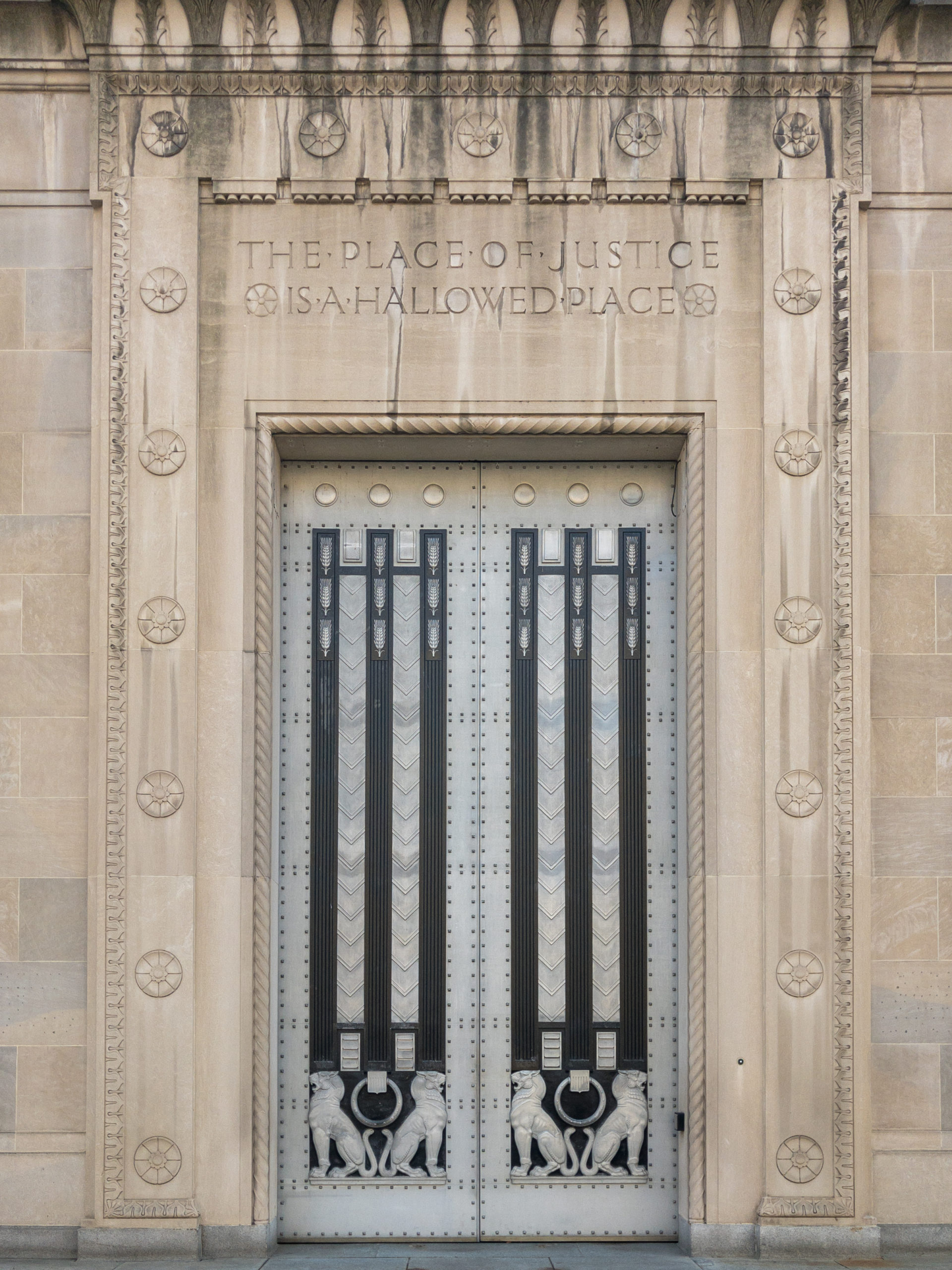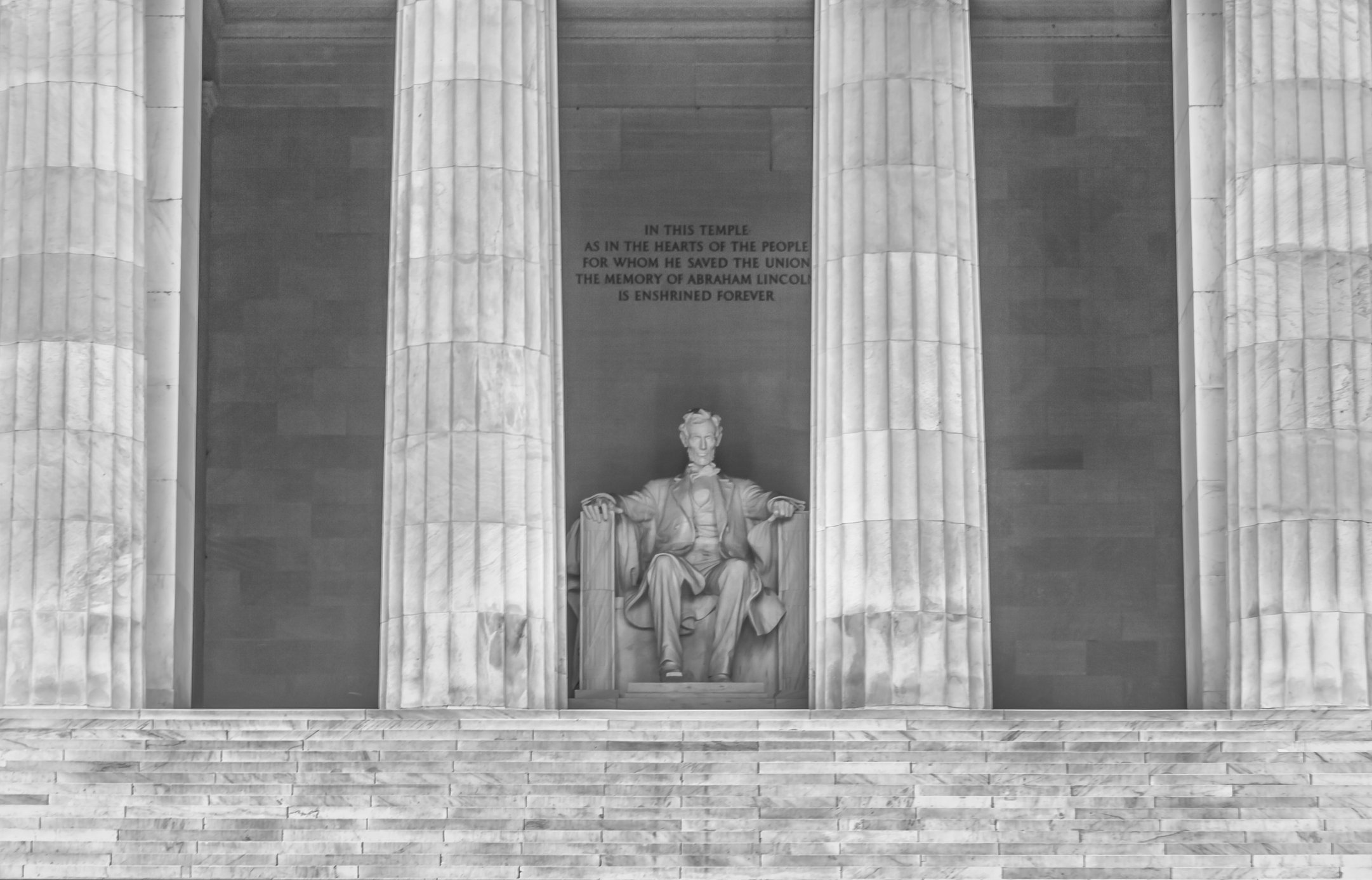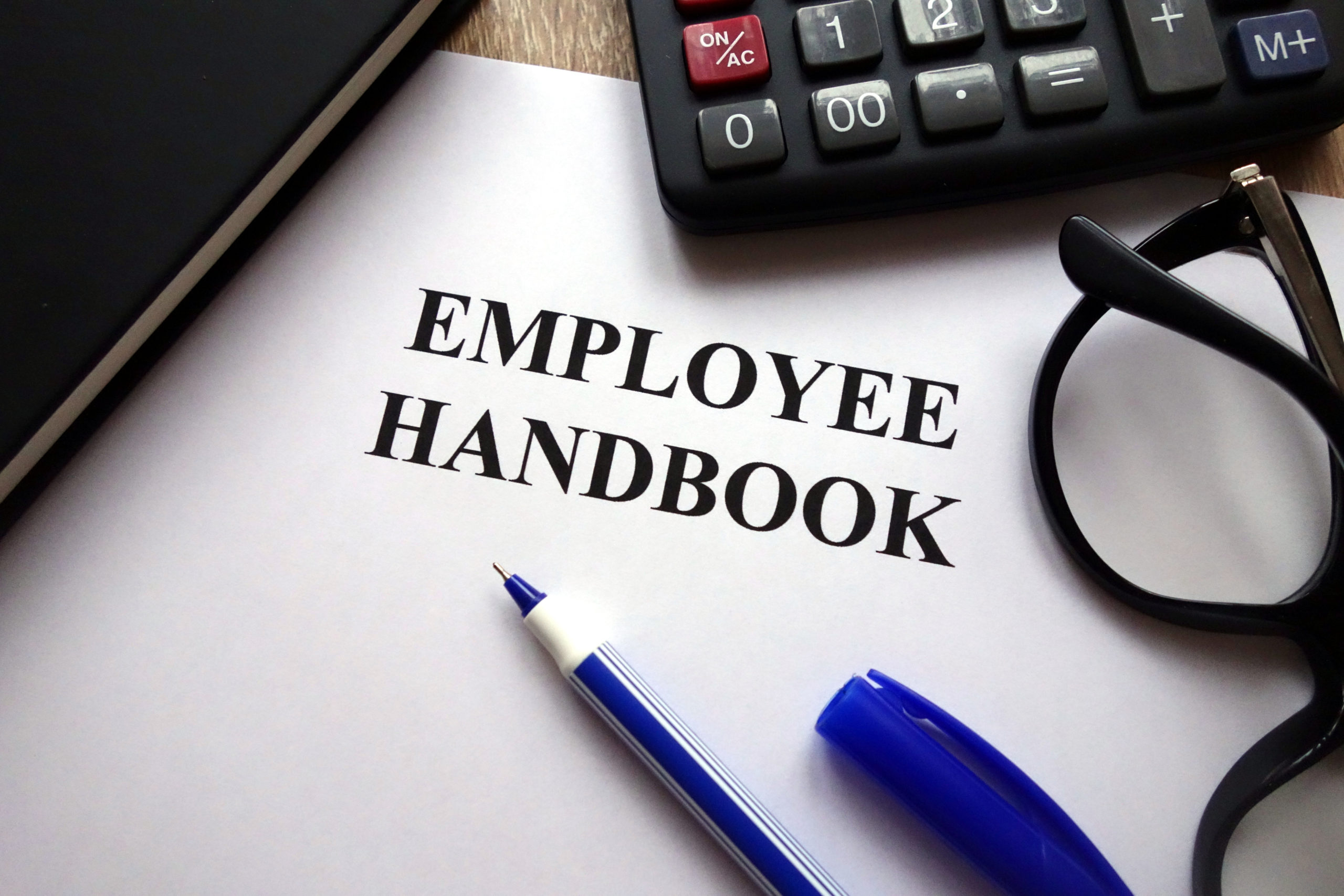They say where there is a will there is a way. For employment law, that can be a negative thing for American workers.
In California and most states in the country, at-will employment arrangements dominate employer-employee relationships. An at-will employment arrangement means both workers and employers can dissolve a working relationship at any time. For example, an employee does not have to give two weeks of notice to leave a job. However, the at-will employment arrangement differs a bit between employers and employees.
Employees can leave a job at any time and for any reason in states that have established at-will employment arrangements. However, employers cannot terminate employees for any reason under the sun. Firing a worker in at-will states requires employers to follow state employment laws regarding termination.
This means your employer cannot fire you based on discrimination. According to the Civil Rights Act of 1964, employers are prohibited from discriminating based on a large number of factors that include race, gender, religion, and national origin. Many states have added other factors like gender identity and sexual orientation.
According to the Equal Employment Opportunity Commission (EEOC), discrimination in the workplace claims represents one of the most common types of wrongful termination claims. The question is not does discrimination in the workplace happen, but how can an employee prove a claim of discrimination against an employer.
Criteria That Proves a Wrongful Termination Claim Based on Discrimination
A legitimate civil lawsuit must prove a cause of action, which is the legal theory plaintiffs use to demand monetary damages. A claim or lawsuit filed against an employer for firing a worker based on an act of discrimination must include the following criteria.
Established Employment Relationship
State and federal laws do not prohibit discrimination in all cases. Nonetheless, the California legislature makes it clear that discrimination is forbidden when a plaintiff can prove an employment relationship. “It is hereby declared as the public policy of this state that it is necessary to protect and safeguard the right and opportunity of all persons to seek, obtain, and hold employment without discrimination.” The first step to prove discrimination forced you out of work is to demonstrate an employment relationship between you and your employer.

Employer Terminated Employee
Although this seems like a straightforward criterion, it is not. Sometimes, a worker quits or resigns from a job because of having to work in intolerable conditions. California has termed this type of employment resignation as constructive termination. Because of the possibility of a worker winning a wrongful termination lawsuit based on constructive termination, the California government code was amended to use the term “discharge” instead of “termination” when referring to wrongful termination claims.
Proving constructive termination is difficult to do, which means winning a wrongful termination claim or lawsuit starts by proving your employer fired you.
Employee Protected by Discrimination Factor
The relationship between discrimination and wrongful termination is cemented when a worker can prove an employer violated a state law that protects certain classes of employees. Like many states, California discrimination in the workplace law lists more protected classes than what is listed under federal discrimination law.
In California, if your employer discriminated against you because of one or more of the following reasons, you might have a strong enough case to file a claim or a civil lawsuit.
- Race
- National origin
- Age
- Sexual orientation
- Sex
- Gender identity or expression
- Marital status
- Disability
- Religion
- Medical status
- Genetic data
Proving Discrimination Motivated Your Employer
Now, we come to the hard part. You have to prove that discrimination motivated your employer to fire you. Many wrongful termination claims and lawsuits based on an allegation of discrimination come down to the word of the employer against the word of the employee. Legal precedence in California makes it even more difficult to prove discrimination was the cause of an employment termination because an employer can argue an employee was terminated for lawful reasons.
If you want to file a claim or civil lawsuit against your employer for wrongful termination based on acts of discrimination, you have to present persuasive evidence that demonstrates your employer committed discriminatory acts. Evidence can include written and/or digital communication, as well as witness accounts that confirm your allegations.
Working with a California wrongful termination attorney can help you gather and organize the evidence you need to prove a wrongful termination claim based on discrimination.





